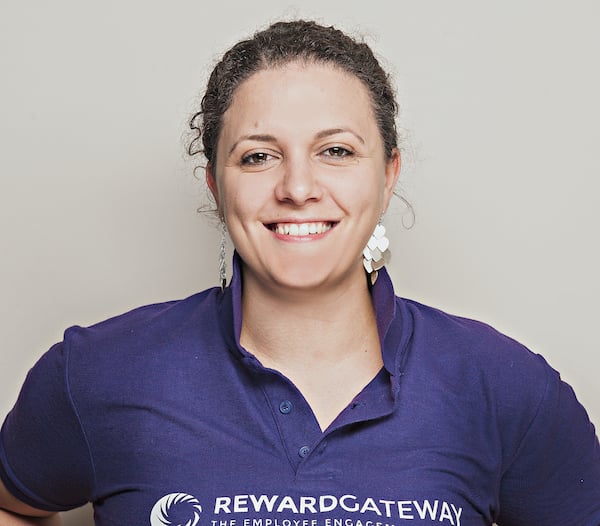
4 min read
It’s September, so many kids across the globe are gearing up ready to start a new year in school. But even if your neck of the wood isn't celebrating the return to the classroom, it's easy to recall that feeling of excitement alongside anticipation of the unknown; a bit like new employees joining your organisation. It made me wonder, why shouldn’t we capture that feeling of excitement and build on it?
I’m not suggesting that these newbies should go out and buy a new pencil case and a new uniform (it’d be a bit awkward at Reward Gateway as we have pretty much paper-free offices and no formal dress code!). However there are some practical things you can do to ensure you’re making the most of that first opportunity to impress.
Let’s think about it for a second, the induction is usually the first exposure an employee has to the company’s L&D.
The induction is an integral part of the overall onboarding process and also is a litmus test for the level of investment a company will make in L&D, and importantly their approach to employee engagement. It’s the first time we can see the two way process in which employee and employer get to know and understand each other.
Just like meeting your new teacher at school, you hope they will be there to guide, coach and develop you throughout your school journey.
Tip #1: Your induction should always be evolving; no business will stand completely still and your L&D should match that. To engage your people from that first exposure is crucial, so they feel valued because you’re taking the time from the very start, to invest in them as individuals as well as in their role or department. That feeling will only be authentic and sustainable if the induction is current and matches the pace of your organisation.

Tip #2: Don’t get too hung up on physical location, especially if you have a global workforce. One of the questions we’ve faced at Reward Gateway, is how can you deliver a great face to face induction if you don’t have L&D staff everywhere? Firstly, take the ‘face to face’ element away, consider a flexible online solution that keeps the delivery as personal as possible. There are a whole host of online solutions available as well as video calling and seminars. Whilst it won’t always be the same experience as face to face, it can actually be more effective at delivering consistent material, implementing testing and it’s far better than delivering the induction less frequently or not at all!
Alongside the ‘traditional’ induction modules, we host videos and blogs on our internal communications platform boom! and encourage our new (and current) employees to stay up to date on company news and past announcements by browsing through it during their first week as part of their orientation.
Tip #3. Remember, the core component of your induction program should centre around the four Ps: people, products, processes and productivity. The first three are the content themes and the last one is what we believe a well-run induction programme will increase for the employee, which positively impacts the employer. It’s easy to focus on the mandatory subjects like health & safety, or just your company culture, but you’ll need to expand and cover all the areas to properly set up your new employees for success.

Lastly, something a bit more long term, coming back to those kids starting a new term, they’ll be wondering what’s ahead and where this school journey will take them (for me I was convinced that I could grow up and become a full-time doodler). Transfer that to your new starters, it’s important not to forget their thoughts for the medium and long term.
One of our company values is ‘Delight your customers’ and it applies here to new starters who are your internal customers. What might they be thinking about both career & personal development, what questions will they want to ask you? L&D as a whole is arguably the most crucial part of the engagement bridge when addressing this. You can pre-empt and delight them by positioning yourself as a thoughtful and forward-thinking employer if you cover this in the induction. This might be an introduction to a mentoring program or your approach to internal progression.
Right from the start, your company needs to openly communicate to all your staff that you’re investing in them to become better qualified and more knowledgeable. That’s just one step towards a truly engaged workforce.

 Sarah Akanbi
Sarah Akanbi



